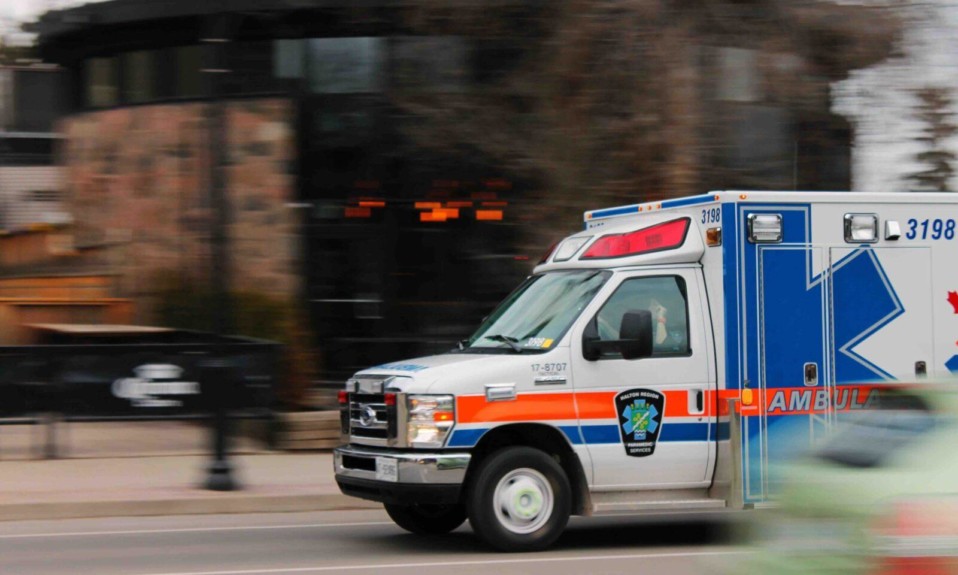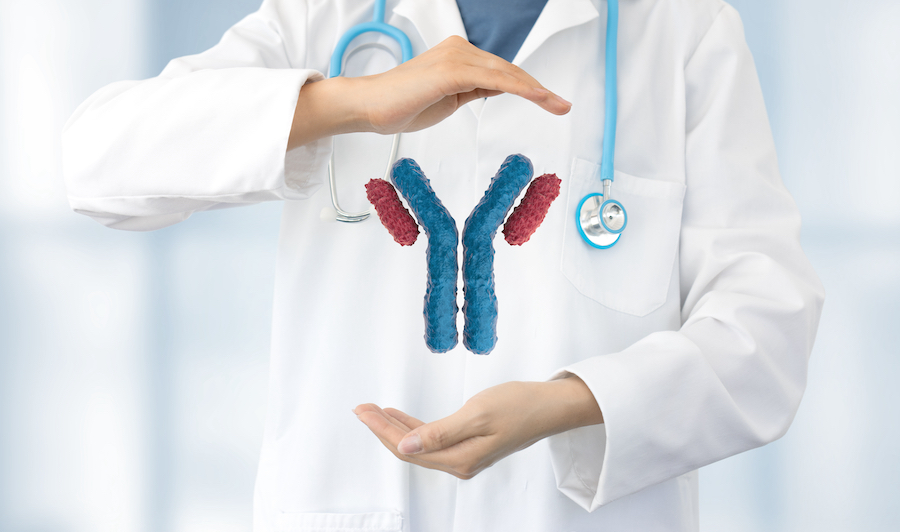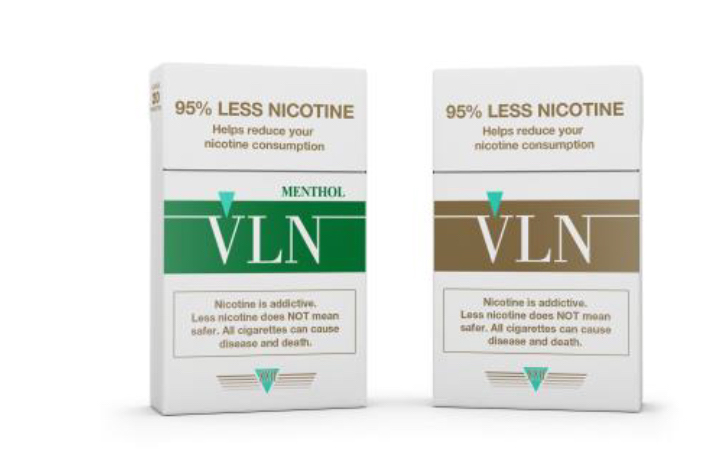Johns Hopkins and others aim to improve care in SUD and mental health crises, while reducing the strain on police and ERs
By Jason Langendorf
December 10, 2020When people caught in the crosshairs of an addiction or mental health crisis receive anything short of a swift and specialized first response from trained professionals, their chances for positive short- and long-term outcomes drop sharply.
A newly formed collaborative initiative of 17 hospitals in Maryland, including Johns Hopkins Medicine, is working jointly to prevent this by coming together thanks to $45 million in grant funding. Its aim is to reduce the engagement of local law enforcement and emergency rooms in cases of substance use and mental health crises.
This is about changing and improving how our society engages with people and families experiencing a behavioral health crisis.”—Kevin W. Sowers, president, Johns Hopkins Health System and EVP, Johns Hopkins Medicine
Called the Greater Baltimore Regional Integrated Crisis System, this five-year initiative will launch in January to serve the city of Baltimore and Maryland’s Baltimore, Howard and Carroll counties, which receive an annual 58,000 combined ER visits related to behavioral health crises.
“This is about changing and improving how our society engages with people and families experiencing a behavioral health crisis,” Kevin W. Sowers, president of the Johns Hopkins Health System and executive vice president of Johns Hopkins Medicine, said in a statement. “These individuals deserve compassionate care provided by experts who understand their needs. This new effort will allow us to manage the crisis situation while getting people the help they need to address what got them to that point in the first place.”
A New Model for Crisis Response
By integrating existing behavioral health crisis systems and taking cues from the Crisis Now response model, the project is creating new protocols designed to more accurately assess conditions, de-escalate crises and guide individuals toward prompt and appropriate care. A regional hotline referred to as the “Care Traffic Control System,” 24/7 mobile crisis teams and an integrated platform that identifies bed availability and appointment openings across the collaborative’s hospitals are all vital components of the project, says Nicki McCann, vice president of payor/provider transformation at Johns Hopkins Hospital.
Emergency departments are chaotic. There are lots of people, the lights are bright. We’re looking for an opportunity with increased mobile crisis teams…that people experiencing crisis will be able to be treated in the right setting.”— Nicki McCann, vice president of payor/provider transformation, Johns Hopkins Hospital
“There was a lot of work that was already underway, where you had the behavioral health community coming together with the police to try and figure out ‘How do we do this better?’” says McCann. “Having police or emergency departments addressing that crisis is often probably the worst possible setting.”
In Maryland, a statute exists that allows for what amounts to a citizen’s arrest—the seizure by law enforcement of a person perceived to have a mental disorder or who may be violent, who would then be submitted to an emergency facility for evaluation. In one account of 92 emergency petition patients examined at one hospital in Prince George County documented in the National Library for Medicine, “[m]ore than half of all patients evaluated were intoxicated on alcohol or illicit drugs, and the majority of these patients were released from the emergency room as no longer dangerous after their acute intoxication resolved.”
Potential for Wider Adoption
McCann believes the Greater Baltimore Regional Integrated Crisis System has the potential to significantly reduce the strain on police and ER resources while, importantly, connecting individuals in crisis with caregivers who are best trained and equipped to handle their needs. She cites the success of Crisis Now adopters in Arizona and Georgia in improving assessment and care while reducing state costs and law enforcement and ER involvement. Just last month, San Francisco launched its Street Crisis Response Team with similar intentions.
“Emergency departments are chaotic. There are lots of people, the lights are bright,” McCann says. “We’re looking for an opportunity with increased mobile crisis teams, with a robust hotline and referral system with expanded access to community-based providers, that people experiencing crisis will be able to be treated in the right setting.”
McCann says the collaborative hopes to demonstrate that its initiative not only works but can also be scaled up, as part of a state-wide model—and used as an example to be applied in other regions beyond Maryland.
“I think if you look at other local governments,” McCann says, “if we can demonstrate that this $45 million had a huge return on investment, then I think you could see other local governments making that kind of investment.”














